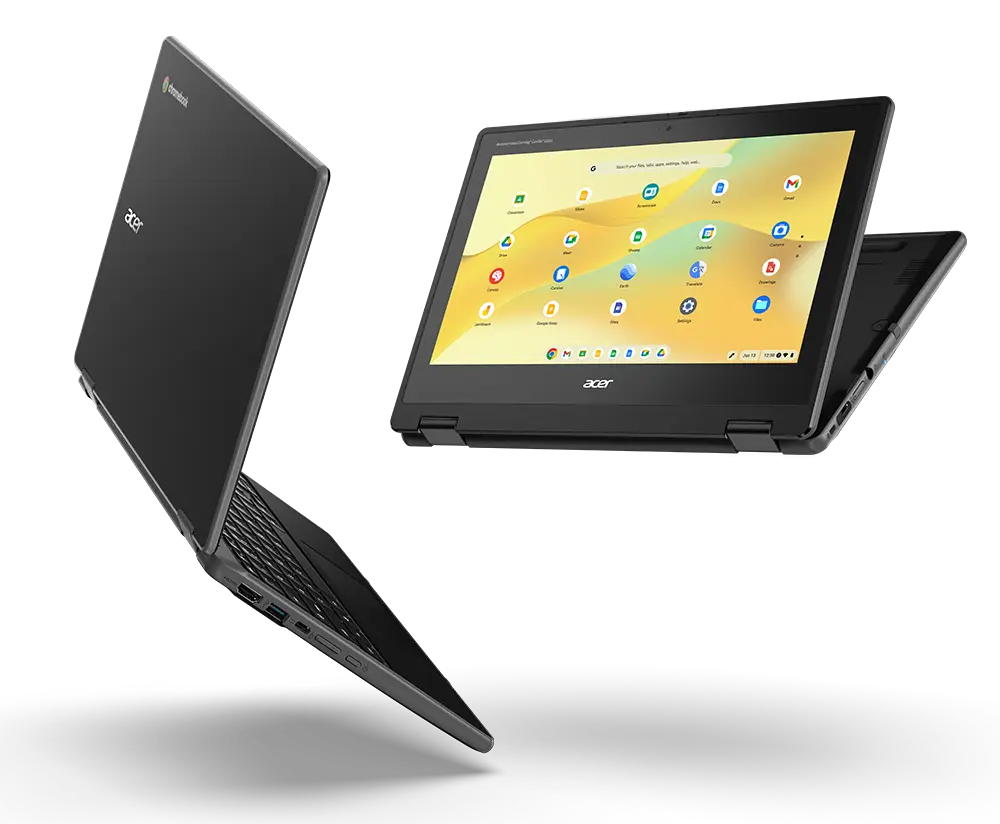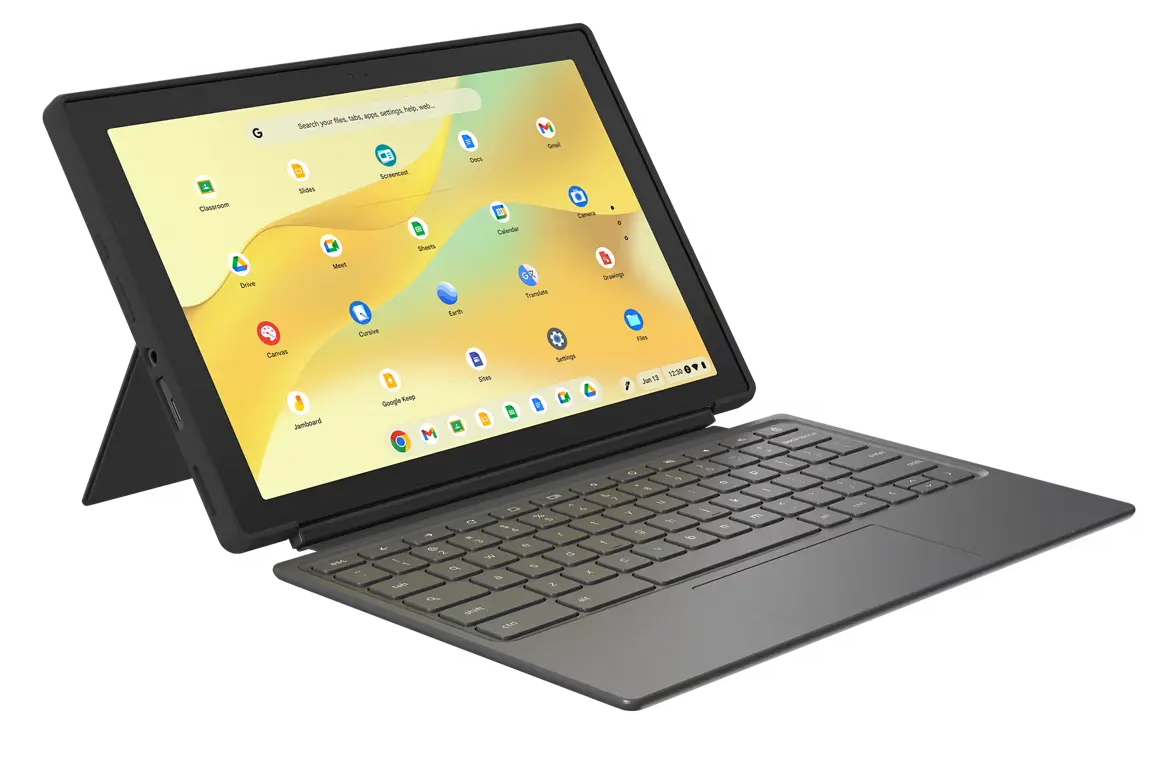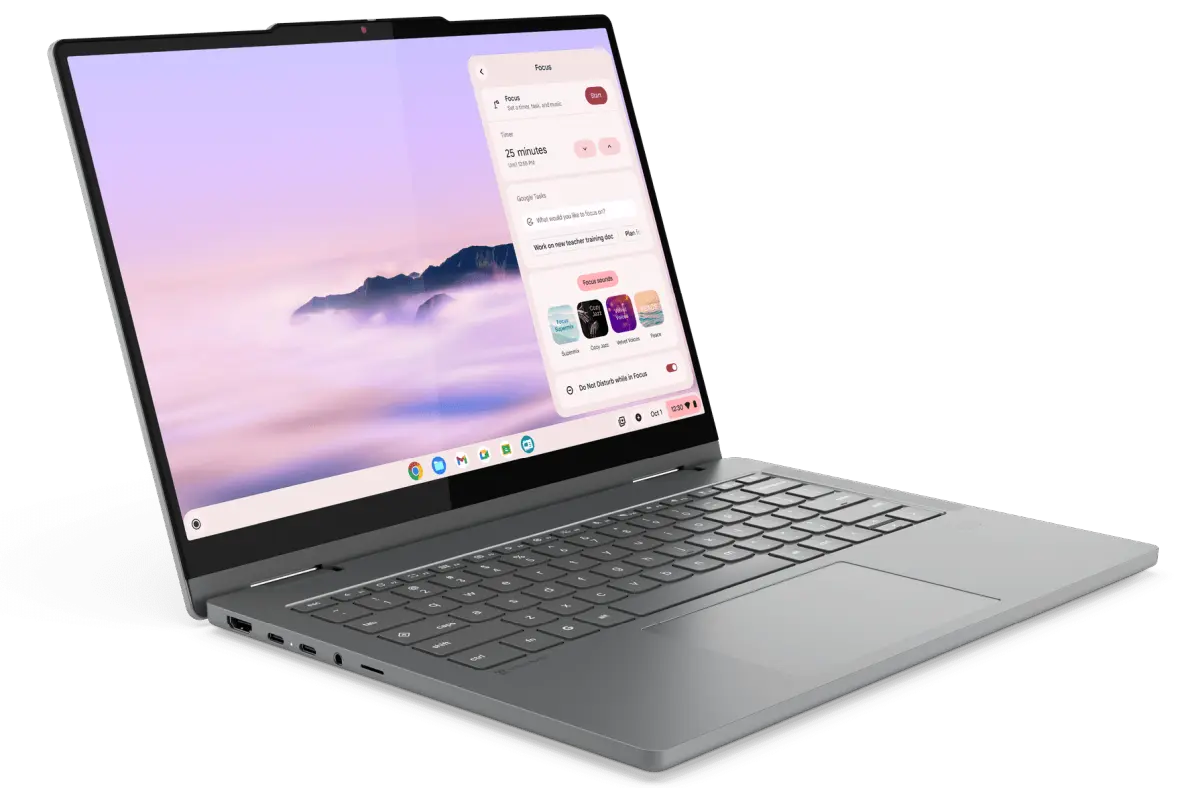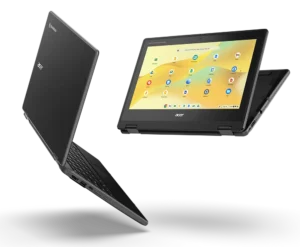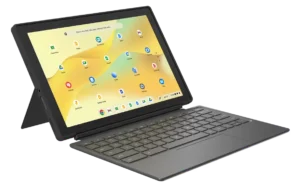Your Local SEO and Digital Marketing Experts in San Diego County
Google’s Android may be the world’s most widely used operating system, while Apple has shipped billions of iOS and iPadOS devices since 2007. But a relatively small group of developers and enthusiasts have been working to make mobile Linux into a viable alternative.
There are a handful of phones that are designed to support operating systems that use a mainline Linux kernel. But those devices, which include the PinePhone, PinePhone Pro, and Purism Librem 5 are all held back by aging hardware and it’s been a while since we’ve seen new entries in this space. But that’s starting to change. Last year Furi Labs introduced the Furi FLX1 with a MediaTek Dimensity 900 processor, and now a new team called Liberux has revealed plans for a new phone called the NEXX that could be one of the most powerful Linux-friendly smartphones to date. It’s not clear exactly when (or even if) you’ll be able to get your hands on one though.
Liberux has designed a phone that’s basically a cross between a high-performance single-board computer and smartphone.
It has a 6.34 inch, 2400 x 1080 pixel OLED display, a Rockchip RK3588S processor with four ARM Cortex-A76 CPU cores, four Cortex-A55 cores, and Mali-G610 MP4 graphics, and 32GB of LPDDR4x memory. For storage the system has a 256GB eMMC module as well as a microSD card reader with support for cards up to 2TB.
Other features include a 5,300 mAh battery, 32MP and 13MP front cameras, two USB 3.1 Type-C ports, a 3.5mm audio jack, a fingerprint sensor, ambient light sensor, accelerometer, gyroscope, and 3-axis magnetometer, support for WiFi 5 and Bluetooth 5.0 and a Qualcomm Snapdragon X62 modem with support for 5G and 4G LTE networks.
There will also be hardware kill switches that let you disconnect the WiFi, Bluetooth, GPS, mic, and camera when you’re not using those features.
The NEXX phone will ship with a custom Linux distribution called LiberuxOS, which is based on Debian 13.
So what’s the catch? There are a few.
The first is that Liberux hasn’t actually built the phone yet – so far the team has been working on the design of a development board and the “first functional prototypes” are expected soon. The next is that this phone won’t be available in stores at launch – it’s coming to a crowdfunding campaign, which means it could be a while before it’s actually ready to ship… and may only ship at all if the developers can raise enough money to manufacture and distribute the project.
We also don’t know what kind of battery life users will be able to expect from a device with that kind of hardware, how much the phone weighs or what its physical dimensions will be, or how much it will cost during crowdfunding.
I’ll also point out that as of mid-January 2025, the Liberux website contains a number of grammatical errors (or at least oddities), but the team seems to be based in Spain, so English is probably not the first language of the folks who made the website… and the website is still a work in progress (a developer on the project says it’s an early version that wasn’t really meant to be widely promoted yet (sorry about that).
But as the original Pinephone celebrates its 5th birthday, it’s nice to see that there continues to be some progress in the hardware-for-mobile Linux front.
Liliputing’s primary sources of revenue are advertising and affiliate links (if you click the “Shop” button at the top of the page and buy something on Amazon, for example, we’ll get a small commission).
But there are several ways you can support the site directly even if you’re using an ad blocker* and hate online shopping.
Contribute to our Patreon campaign
or…
Contribute via PayPal
* If you are using an ad blocker like uBlock Origin and seeing a pop-up message at the bottom of the screen, we have a guide that may help you disable it.
Join 9,556 other subscribers
